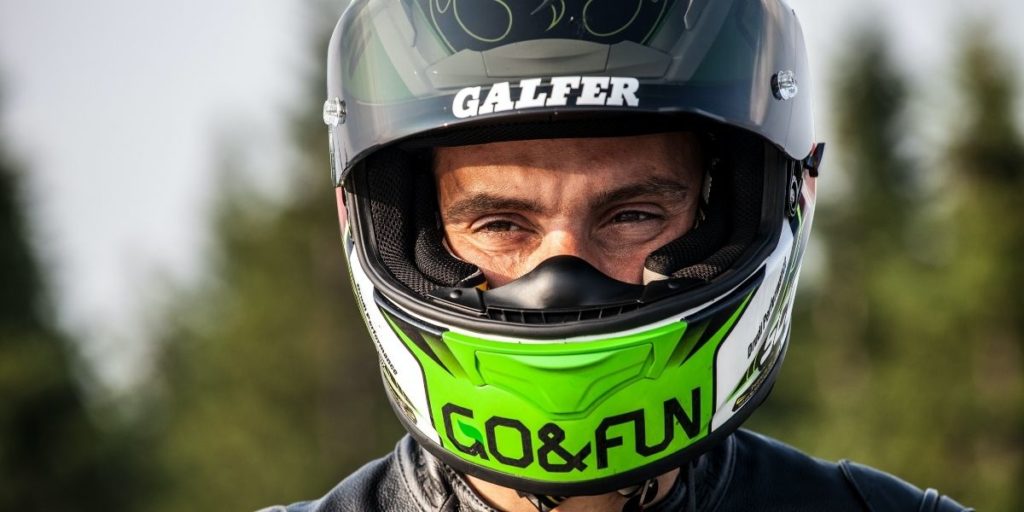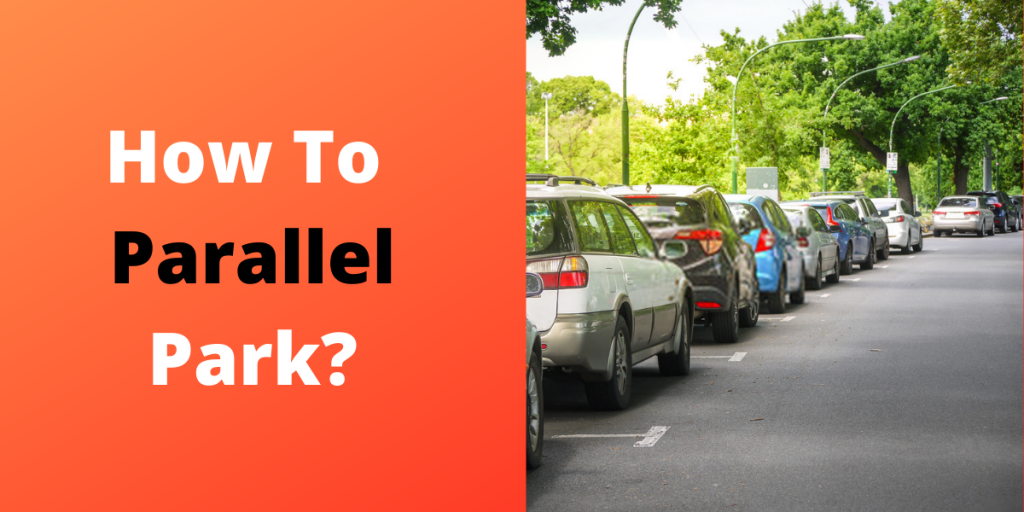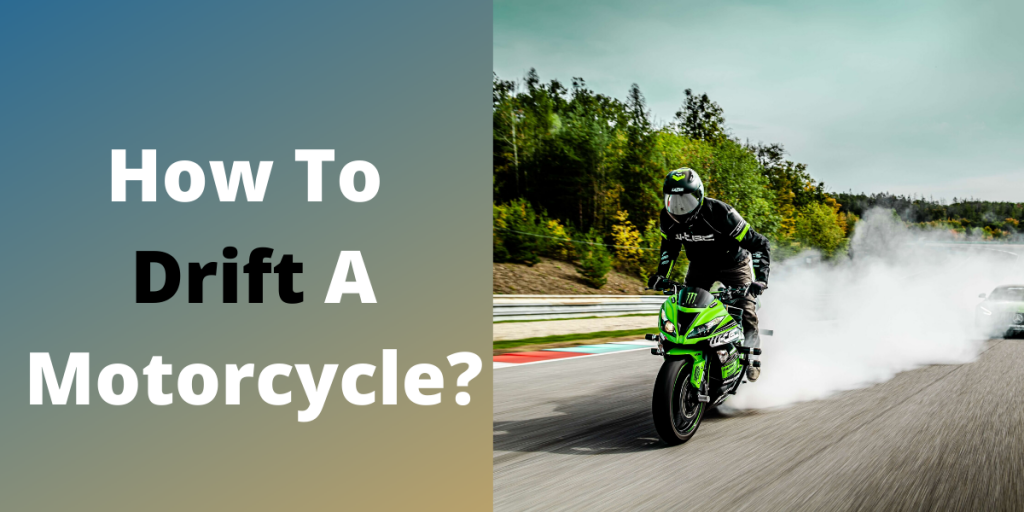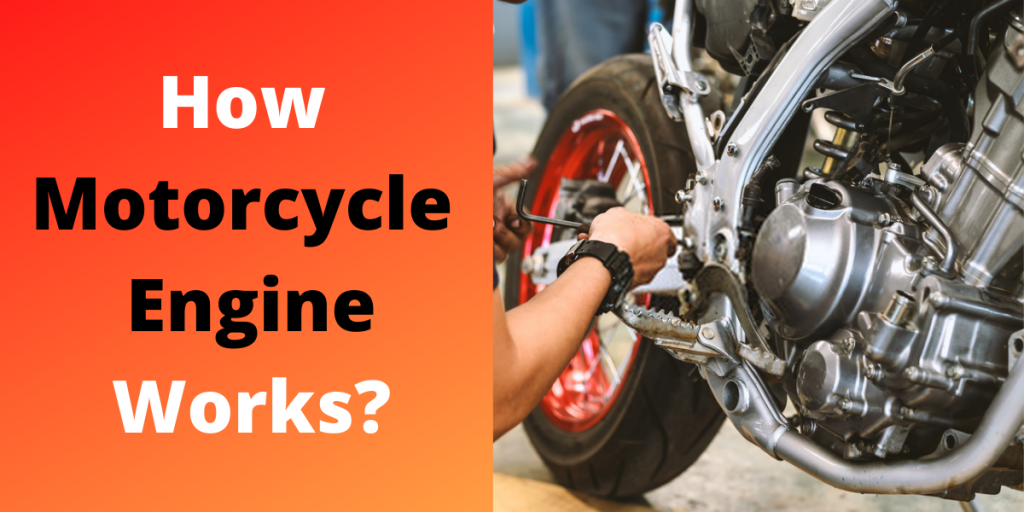As the helmet is the fundamental safety gear while riding a motorcycle, it should fit perfectly to protect you while an accident occurs.
The helmet should not be too tight or loose. It should fit snugly against your head and should not press the pressure points painfully. However, It should move up and down, side to side without pressing any part of the head.
For getting the right fitting helmet, you should know some facts related to consider it the best-fitted helmet.
How Tight Should A Motorcycle Helmet Be?
The helmet should not be too tight even if your head shape is not among regular shapes. If you wear a tight helmet it will be uncomfortable for you which can bring pain, and even create marks on your face.
Many renowned companies offer to test their helmets in all possible ways. So, you should take the chance to know which helmet should be your best fitted one. These manufacturers are prompt enough to supply helmets for odd head shapes too. You can also find the best motorcycle helmets for big heads and test them before buying.
Depending on the type of helmet or considering the internal facts, select a helmet that can save you from injuries during accidents. Read the entire article to know the terms that should be considered before buying the right fitted helmet.
Determine Your Head Shape
First of all, it’s crucial to know the actual head shape you belong to. Depending on your head shape, you have to step forward to have a right fighting helmet. Standing in front of the mirror can be complicated for you to determine the right shape.
So, take help from your friend, and tell him to take a photo from the top of your head. Make sure the photo has been taken up enough to see the full head shape and has taken over the center of your head. After having a photo of your head, determine your actual head shape.
Long Oval
See whether the shape looks like a wide football. In this head shape, your head will look narrower at the larger part. If you see the wider part is not big enough compared to the larger part then it can’t be a long oval head shape. Long oval head shapes can’t accommodate all types of helmets. Even if you wear any helmet for a short time you will feel pain in the pressure points.
Intermediate Oval
This shape is pretty common among most riders. In this head shape, your head will look a bit larger from its wider part. It looks like a squash soccer ball. If it seems to be the intermediate oval shape you will have a great opportunity to get available helmets among all brands.
Round Oval
If the wider part looks almost similar to the larger part of your head it means you get a round head shape. In this head shape, your head looks like a soccer ball. If you belong to this head shape you can easily get a comfortable helmet with external facilities.
Take The Actual Size Of Your Head
Before buying a helmet you should take the accurate size of your head shape. Take a measuring tape and hold it one inch up from your eyebrows. Then take a round perfectly and end it to its starting point. Note the size on white paper and again take the measurement of the larger part of the head.
Start from the same point of round measurement and finish it in the middle of the previous measurement. Thus you can know the size of your head. Taking this measurement alone won’t be easy for you. In this case, ask for help from your friend for getting perfect head size measurements.
Consider Your Helmet Type
After you have the accurate head size, it will be easy for you to choose the right type of helmet. Different types of helmets are specially made to make your tours more enjoyable and adventurous. Choose a required helmet with perfect fitting.
Full-Face Helmet
The full-face helmet can give you full safety while riding on off-road or city streets. It has an adjustable chin bar which ensures the highest protection on your face during accidents. If you have a long oval head shape it won’t be easy for you to find a full-face helmet in local markets. You should look for branded shops to get a full-face helmet with perfect fitting.
Open Face Helmet
An open-face helmet has the option of having nice airflows while riding in warm weather conditions. Its visor is widely openable and gives good vision during rides. For an open-face helmet, you can get a perfect fitting without much trouble.
Half Shell Helmet
Half shell helmet is used for short rides. It is not considered a full protective gear during accidents. You should use goggles or glasses while riding with a half-shell helmet as they don’t feature any visor. Some half-shell helmets cover the back of your head to bring comfort.
Try On The Helmet
You should try the helmet first and feel its comfort before buying. Remember, you should choose a helmet that lasts at least 3 to 4 years. So, try the helmet which fits snuggly without leaving any pain in the pressure points.
Put The Larger Part First
While wearing the helmet put the larger part at first then it will be easy to accommodate the wider part of your head. Some people just put the helmet directly onto the head. So, they can’t feel the perfect fit.
Feel The Internal Comforts
After putting on the helmet in the right way, feel the internal comfort of the helmet. The helmets act like boots, they break in after regular use. So, if you feel a bit tight but comfortable. It will be a great feeling of internal comfort at first use that will ease after frequent use.
Liners
Lines are the best portion for absorbing shocks from your head. The liners grab your head and accommodate your head shape perfectly inside the helmet.
Cheek Pads
The cheek pads should be soft enough that you can feel cushioning against the cheek pads. The cheek pads shouldn’t move while you move your helmet side to side.
Ventilation
The helmet should fit snugly enough but allow airflow to replace humid air inside the helmet. Airflow should circulate from the front vents and pass through the rear vents to ensure proper ventilation while riding.
Check Its Noise Reduction Capacity
Having noise during riding is really annoying and can destruct your concentration. So, check the helmet’s fitting and how tight it is to reduce outside noise.
Check Fittings After Putting External Devices
If you use external devices like Bluetooth headphones, your helmet should have enough room to accommodate external devices. Check how the helmet fits while having external devices.
Adjust Chin Stripe
Close the chin stripe or buckle whether it doesn’t flow away with drastic winds. You should adjust the helmet tightly but be comfortable with its chin stripe.
Walk Around Wearing The Helmet
Take time like 30 minutes though you think you got the right fitted helmet. Walk around so that you can feel its shock absorption capacity and weight. If the helmet is pressed to the pressure points during walking, it can’t be the right fighting helmet.
Check The Helmet’s Performance
- Pull the helmet up and down or move from side to side, make sure the helmet can move freely without pressing your head.
- Once you fix the chin stripe, try to rotate the helmet forward pulling from the back.
- Again, try to push your finger side of the helmet against the chin guard. It should not allow entering.
After checking its performance you can be assured of having the perfect fitted helmet.
Final Thought
A right-fitting helmet is an ideal gear to keep you comfortable while riding. Always use a helmet that is not too tight that brings headaches to you. Though before the break-in period all the helmets seem to be tighter, they should be comfortable enough. Try to compare your previous helmet’s tightness with the new one. So, you can wisely pick the right fitting helmet and make your rides enjoyable.



